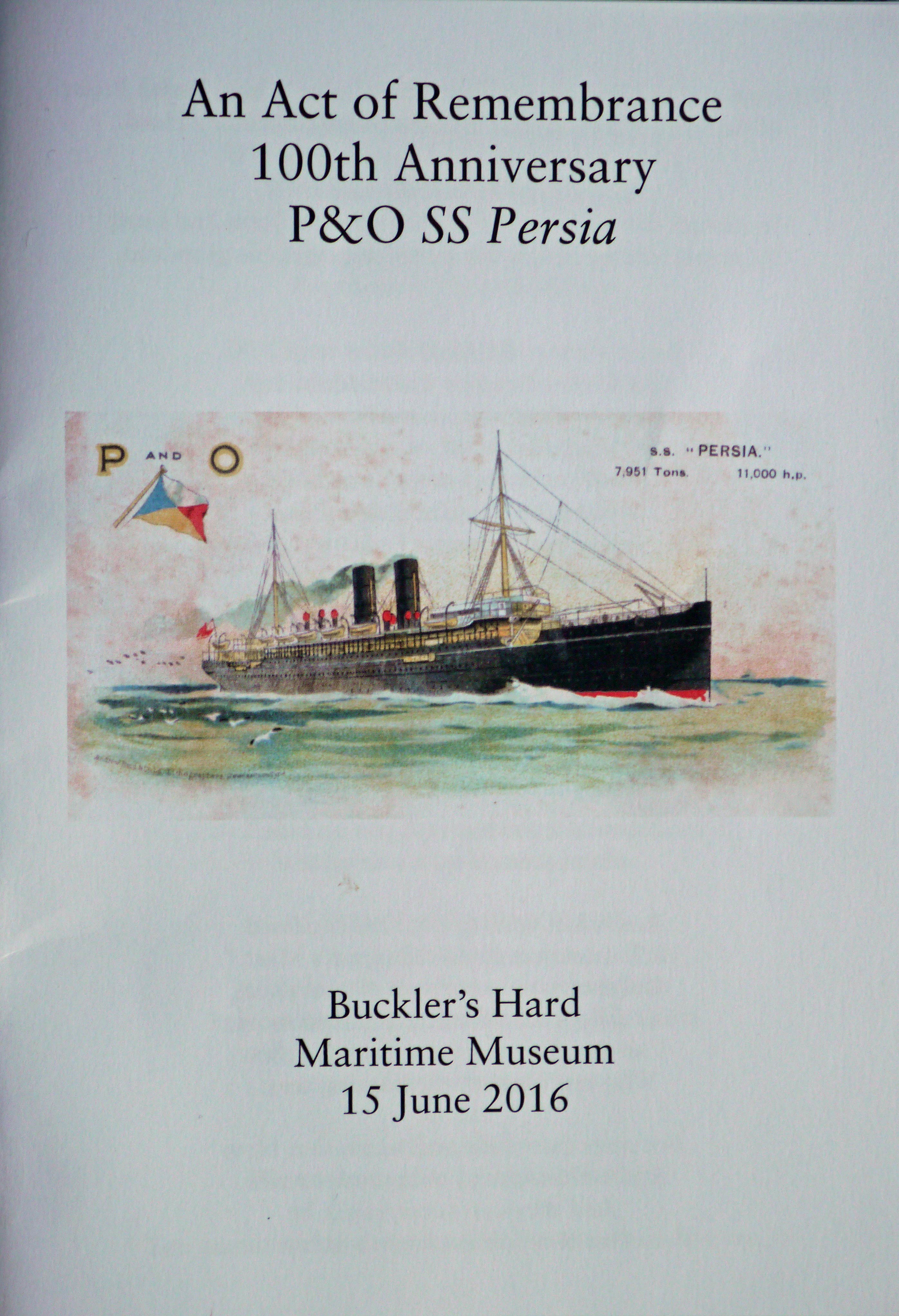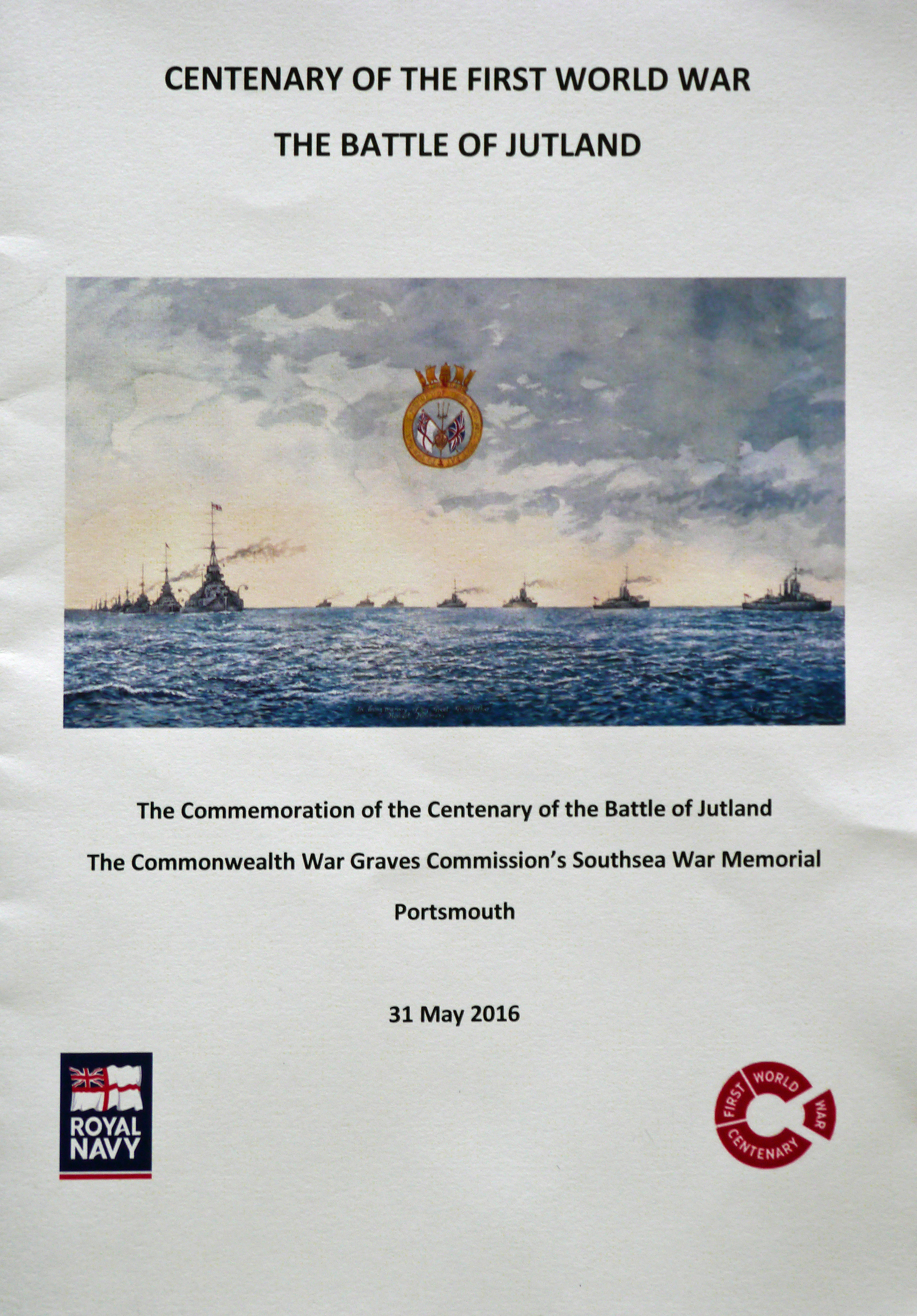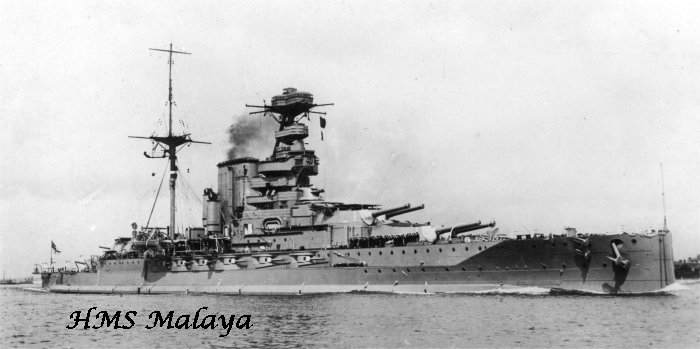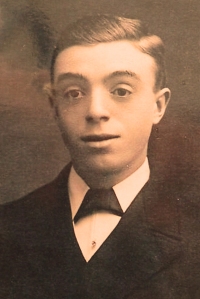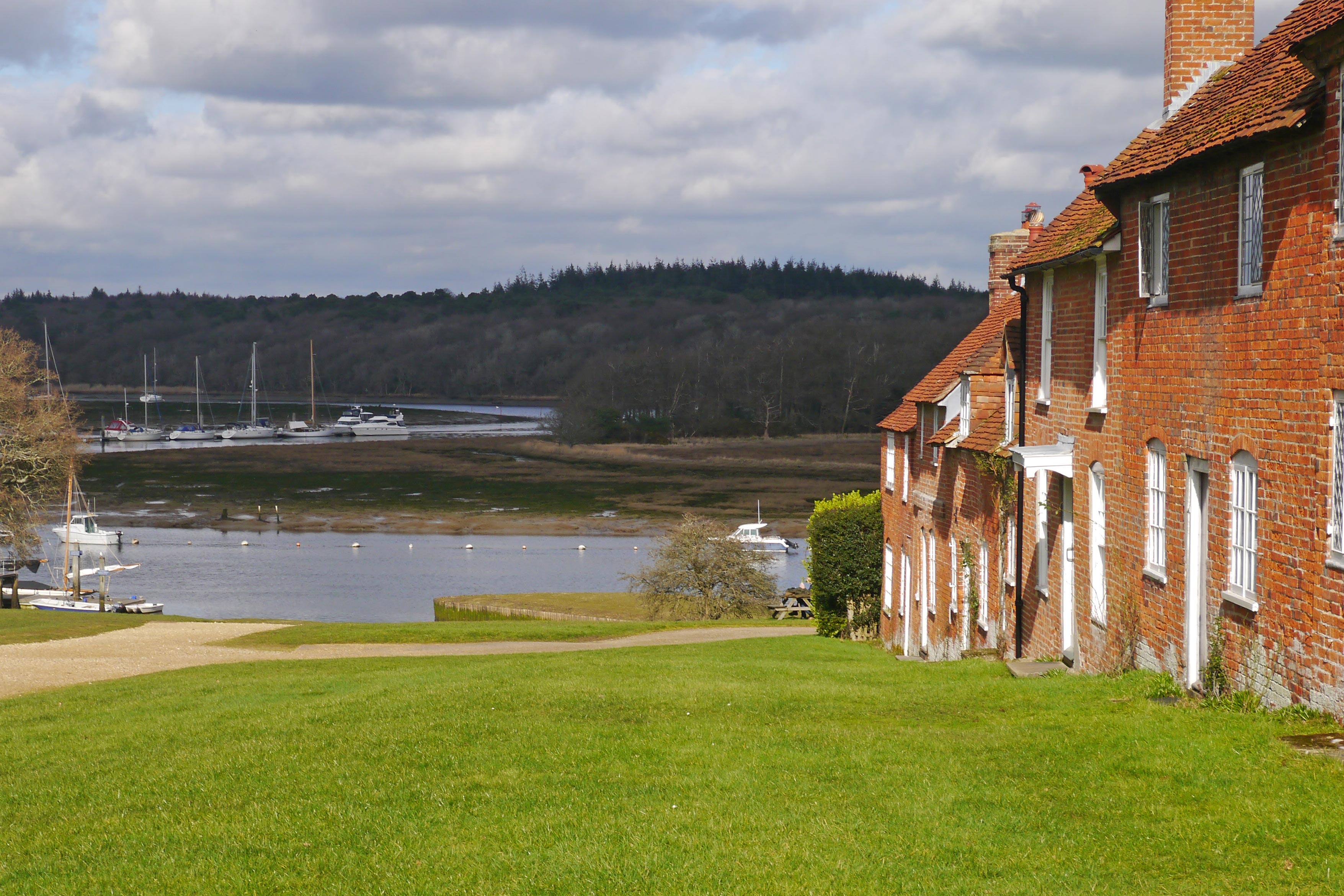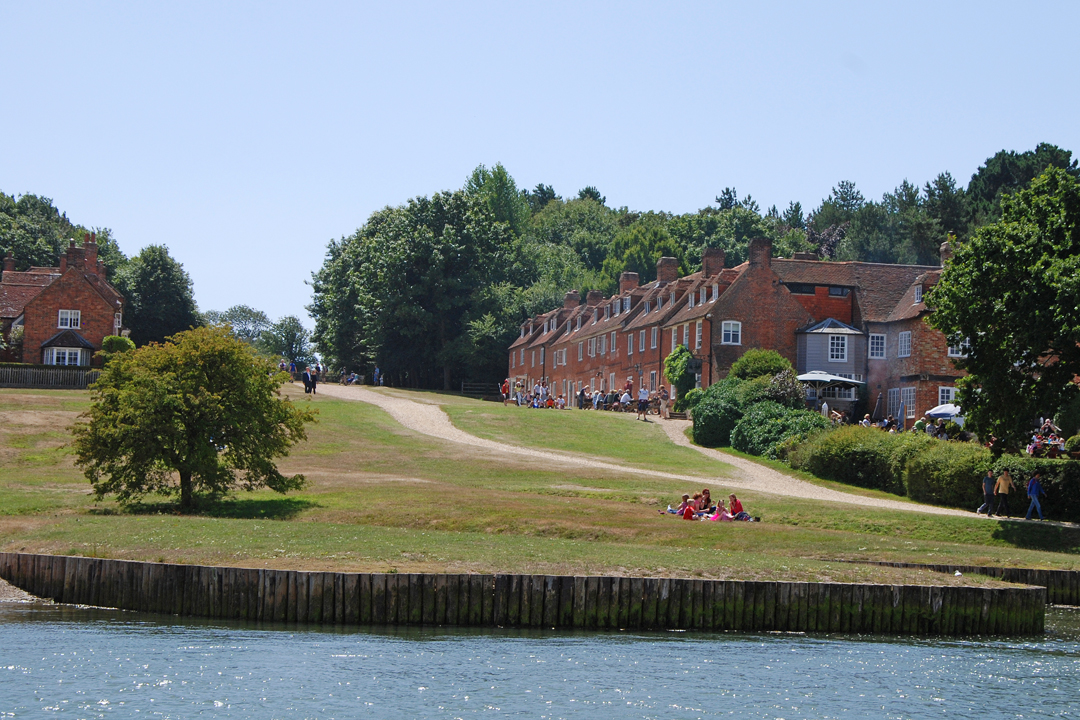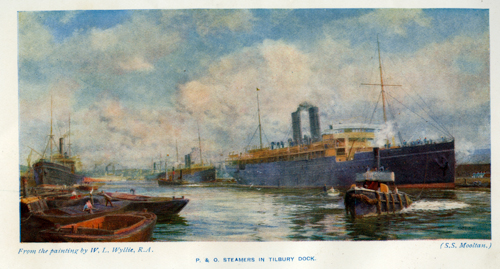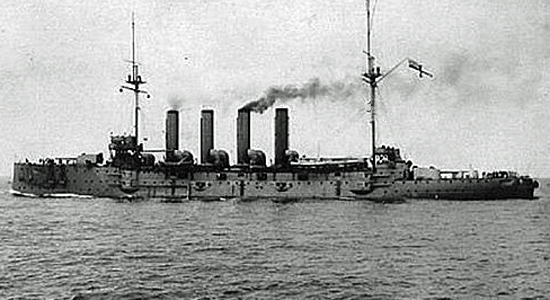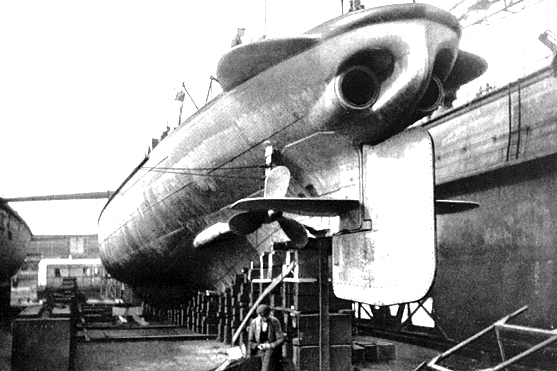Progress Report
As I have written on earlier occasions, research begets research, sometimes uncovering treasure, but often leading down blind alleys. Almost a year has passed and I am still not quite there to tell the story, or my findings on the story, in order to shine some light into a dark corner of World War 1 history. Was SS Persia a legitimate target for an attack without warning from a submerged U-boat? Below you can read a draft of author’s notes on my opening page, though it is premature to call myself an author. These are those notes –
I was first drawn to the story of the sinking of SS Persia after a visit to the Maritime Museum at Buckler’s Hard, a pleasant stroll down the bank of Beaulieu River from the world-famous National Motor Museum in England;s New Forest National Park. Both museums have been, and still are, famously hosted by succeeding Lords Montagu and their families, whose motoring heritage over the last century is easy to understand. History tells how the Honourable John Walter Edward Douglas-Scott-Montagu, when a Member of Parliament, campaigned on behalf of motoring and motorists and worked to promote the passing of the 1903 Motor Car Act, which laid the foundations of British motoring law. He also pursued his pioneering interest through a magazine he founded, “The Car Illustrated, A Journal of Travel by Land, Sea and Air”. On the death of his father in 1905, he entered the House of Lords and became 2nd Baron Montagu of Beaulieu.
John Montagu’s connection with the torpedo attack that sank SS Persia is less obvious to those who have not heard or read the story, or visited the Maritime Museum, where it quickly becomes clear from the display outlining the story of the ship and Lord Montagu. In 1915, John Montagu was a passenger on the Persia, heading for Bombay to deliver a report to the Viceroy of India, Lord Hardinge, with recommendations for modernising Indian army transport across the country, replacing mules, horses, camels and elephants with motor vehicles, encouraging and enabling the army and India’s roads to move into the twentieth century. Montagu was accompanied on the voyage by Eleanor Thornton, his personal assistant, typing the report so that it would be finished before she disembarked at Aden and returned home, while John continued to Bombay. John and Eleanor were also in a long and loving but unmarried relationship and they shared a daughter Joan, born on 5th April 1903, who had been carefully placed into adoption near her father’s estate, where he could discretely ensure that she wanted for nothing.
At the end of my first visit to the museum, I was left with many questions, most beyond the scope and remit of the excellent display. Why this ship? Why this U-boat? Why this place? Why no thought to allow passengers and crew to escape into lifeboats? Was the U-boat commander, Kapitanleutnant Max Valentiner, who would end WW1 as the third most successful U-boat commander, under pressure to sink anything and everything, enemy or neutral, that crossed his path? Was he mainly concerned with his position in the U-boat commanders’ league table of tonnage sunk? Was he aware of his government’s order to give warnings to passenger ships and if so, why did he not surface, warn the ship to stop and allow the passengers and crew to escape? Did people know enough about the growing U-boat menace to make sensible decisions on travelling or avoiding travelling by ship through the Mediterranean? Were passengers bold, blasé or did they simply have no choice? Where were the Royal Navy and the French Navy and what were they doing when SS Persia and about forty other ships were sunk in the eastern Mediterranean in December 1915? Should P&O have stopped advertising its sailing times and routes, or should it have re-routed via South Africa? Could some attacks have been prevented? Could lives have been saved? If the sinking of SS Persia was a war crime as originally claimed, why was the case never put in front of an international or any other appropriate court?
The scope of the story is far wider than John and Eleanor’s romance, embracing 500 people aboard the ship plus countless families, friends, employers and employees, and colleagues and making many widows, widowers and orphans. Why? What purpose was served?
My aims with this book are first to tell the story of SS Persia’s final voyage to a much wider audience than it has previously reached. The second is to share what I have come to believe about the causes of this tragic event and that will have to await publication!
Political decisions drove the world’s first major arms race, while complacency allowed flawed and outdated naval strategies, ignored the attack potential of submarines and undermined attempts to modernise international law. Pan-European war lust was fanned by jingoistic newspapers, generating hatred and creating circumstances in which war became inevitable. Once hostilities started, war crimes went unreported in the countries of one alliance, while being exaggerated and inflamed by the other side. Military murderers were decorated and honoured. As death tolls mounted and misinformation prospered, soldiers, sailors, and later airmen, must have found it increasingly difficult to hang on to the moral values they had learned and grown with and to avoid descent into dark acts of retribution and inhumanity. Concepts such as chivalry faded in the face of mass slaughter. Q-ship and U-boat captains were not immune from this, but on many occasions, evidence of their misdeeds remained hidden in dark, unreachable depths. Explore some of these depths with me soon.
The most shocking fact about war is that its victims and its instruments are individual human beings, and that these individual human beings are condemned by the monstrous conventions of politics to murder or be murdered in quarrels not their own, to inflict upon the innocent, and innocent themselves of any crime against their enemies, to suffer cruelties of every kind.
Aldous Huxley


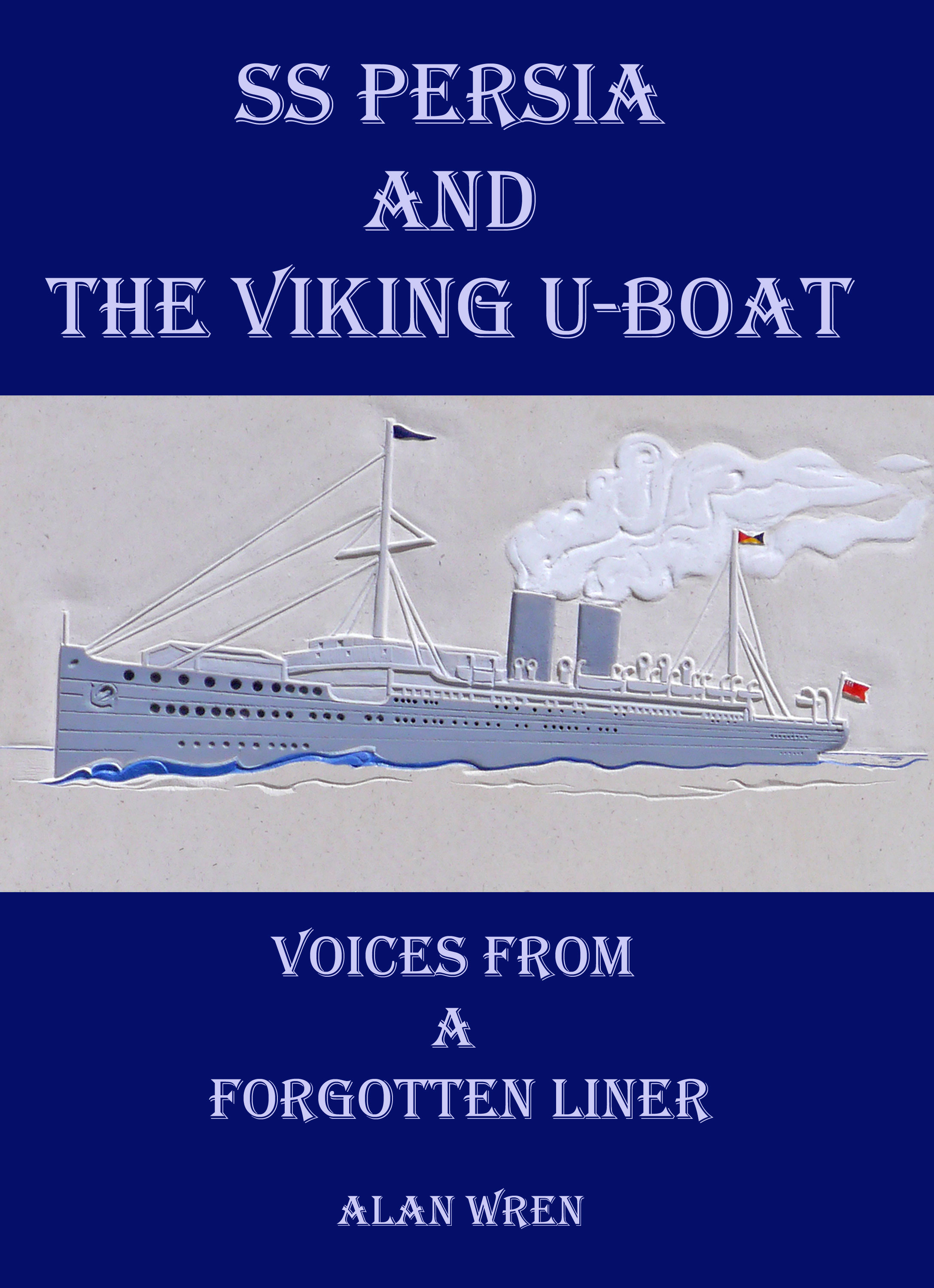
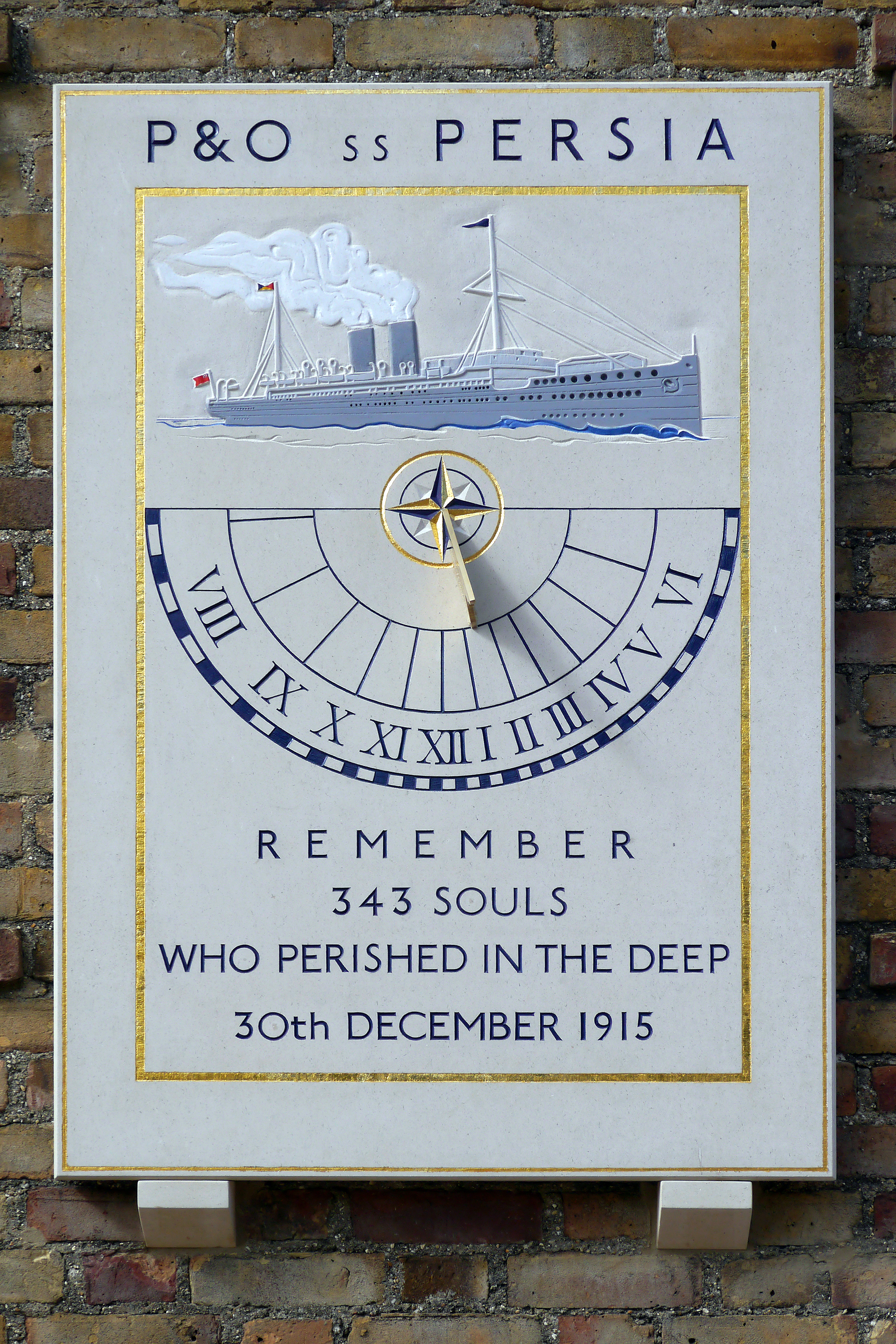 On Wednesday 15th June 2016, almost fifty descendants and
relations of people who died when SS Persia was torpedoed
by U38 on 30th December 1915, gathered at Buckler's Hard
on the bank of Beaulieu River to commemorate all those
who died and those whose lives were irreversibly
changed on that terrible day.
The service was conducted by Reverend John White, Parish
Priest of Beaulieu Abbey and Saint Mary's Chapel at Buckler's
Hard. Ralph, 4th Lord Montagu read an extract from a letter
written from Valletta by his Grandfather, Colonel Lord
John Montagu, telling of the sinking and the fight for
survival in a badly damaged lifeboat which lost contact
with the only four other lifeboats to escape the sinking.
Serving P&O Captain Alistair Clark then read Eileen Mahoney's
poem, 'In Waters Deep' which includes the words
'stars a constant vigil keep, for them who lie beneath the deep.'
Everyone stood to sing 'The Navy Hymn' - 'For Those in Peril on
the Sea', accompanied by the Beaulieu Band.
The sundial memorial pictured above, made by Harriet James, was
then unveiled by Mr Paul Ludlow, representing P&O Cruises
and blessed by John Attenborough, Chaplain of the Port of
Southampton, who then led prayers. After the Last Post,
and a two minute silence, Reveille was followed by wreath
laying, led by Lord Montagu.
The words of Agnes Lees, a trainee missionary who survived
the sinking were movingly read by a Sister of Daughters of
the Cross, some of whom died on SS Persia.
After a final Hymn and closing prayers, those who attended
were able to mingle and exchange information about those
they had lost. New friendships were formed and many handshakes,
hugs, smiles and tears.
SS Persia and all of those aboard her may be long gone,
but they have certainly not been forgotten.
On Wednesday 15th June 2016, almost fifty descendants and
relations of people who died when SS Persia was torpedoed
by U38 on 30th December 1915, gathered at Buckler's Hard
on the bank of Beaulieu River to commemorate all those
who died and those whose lives were irreversibly
changed on that terrible day.
The service was conducted by Reverend John White, Parish
Priest of Beaulieu Abbey and Saint Mary's Chapel at Buckler's
Hard. Ralph, 4th Lord Montagu read an extract from a letter
written from Valletta by his Grandfather, Colonel Lord
John Montagu, telling of the sinking and the fight for
survival in a badly damaged lifeboat which lost contact
with the only four other lifeboats to escape the sinking.
Serving P&O Captain Alistair Clark then read Eileen Mahoney's
poem, 'In Waters Deep' which includes the words
'stars a constant vigil keep, for them who lie beneath the deep.'
Everyone stood to sing 'The Navy Hymn' - 'For Those in Peril on
the Sea', accompanied by the Beaulieu Band.
The sundial memorial pictured above, made by Harriet James, was
then unveiled by Mr Paul Ludlow, representing P&O Cruises
and blessed by John Attenborough, Chaplain of the Port of
Southampton, who then led prayers. After the Last Post,
and a two minute silence, Reveille was followed by wreath
laying, led by Lord Montagu.
The words of Agnes Lees, a trainee missionary who survived
the sinking were movingly read by a Sister of Daughters of
the Cross, some of whom died on SS Persia.
After a final Hymn and closing prayers, those who attended
were able to mingle and exchange information about those
they had lost. New friendships were formed and many handshakes,
hugs, smiles and tears.
SS Persia and all of those aboard her may be long gone,
but they have certainly not been forgotten.
